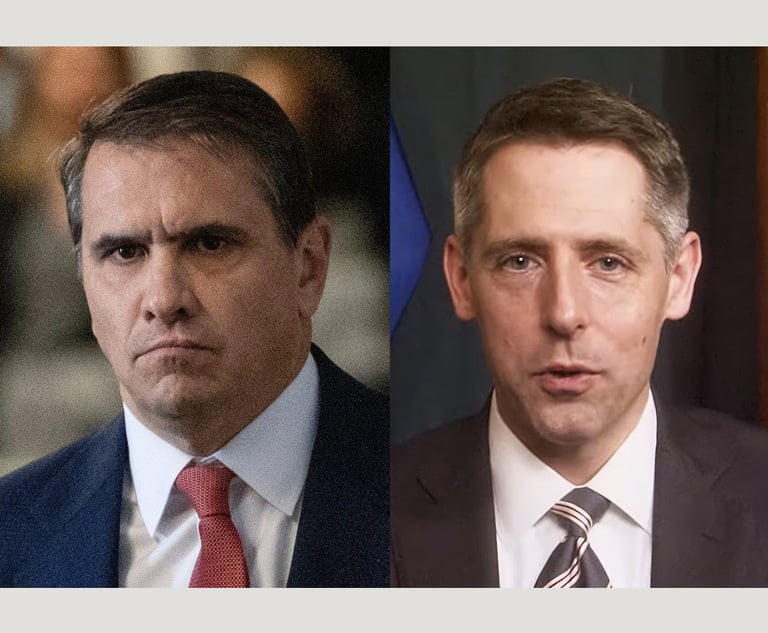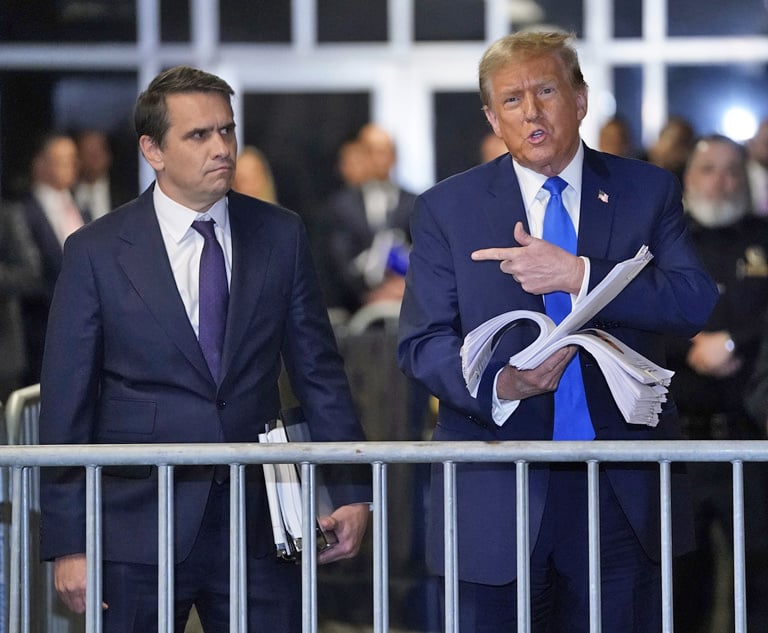A conspiracy charge is a powerful tool of the prosecution in a federal criminal case. A conspiracy charge allows prosecutors to combine many defendants and alleged criminal acts in one indictment so long as they are generally linked to a common criminal purpose, or purposes. Alleging a conspiracy also expands the scope of admissible evidence by permitting the government to introduce acts and statements of conspirators against one another under relatively relaxed standards of admissibility. The impact can be substantial. In a multi-defendant trial, it is harder to portray a defendant as an individual, and not simply a member of a group, and it is harder to separate the evidence against one individual from the evidence against others.
Federal law has recognized limits on the proper scope of a conspiracy. One of the most important limits was expressed more than 70 years ago in Kotteakos v. United States, 328 U.S. 750 (1946), which addressed “hub and spoke” conspiracies, in which defendants (like “spokes”) are linked to another individual (a “hub”) but not to one another (without a “rim”). In such cases, defendants would be part of separate conspiracies, not a single overarching conspiracy, despite committing the same or similar substantive offenses. If a single conspiracy is charged when the facts support only multiple conspiracies, a number of risks follow, including reversal of a conviction due to the admission of evidence that should not have been admitted in a properly charged conspiracy, as happened in Kotteakos.


 Elkan Abramowitz and Jonathan Sack
Elkan Abramowitz and Jonathan Sack




